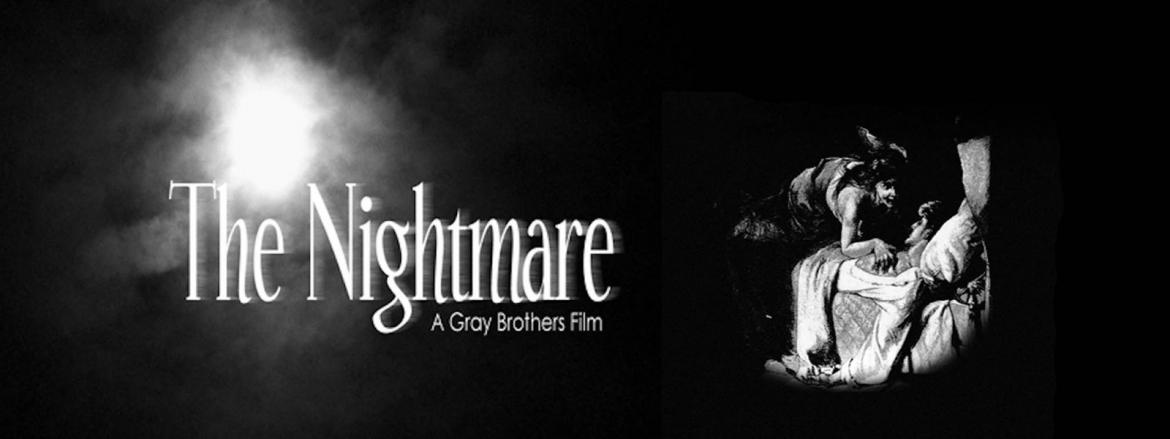
The Nightmare (2008) (Movie Review)
The study of dreams and nightmares continues to be a deep well of new discovery. What exactly conjures those scattered moments in the mind to play during sleep? How can the visions seen in these dreams and nightmares effect the sleeper? These questions lining the walls of sleep analysis have been approached scientifically as well as spiritually. The 2008 documentary The Nightmare by Andrew Gray seeks to answer some of these lingering questions. With a main subject to follow and different approaches to the final answer, The Nightmare is a fairly informative film that is at times intriguing and sometimes wandering in its focus.
Directed by Andrew Gray and starring his brother Adam Gray, the film follows the idea of what triggers nightmares from the point of view of Adam and his own experiences. Adam recalls a night where he seemingly awoke to a figure pressing on his chest. He had no ability to move or make any sound as the entity pushed harder and harder on his body as if to force the soul out of him. Adam's wife heard his struggle as he fought with his nightmare and forced him awake. Since that experience, Adam has interviewed different scholars on this nightmare phenomenon as well as idenitfied culturally religious answers to the problem. The scientific answer of sleep paralysis starts as the basis to the journey of unlocking these nightmares, but by the end of the documentary, more weight is given to the spiritual and religious explanations.
The interesting part of The Nightmare is in the way it approaches Adam's experience. At first, having the narrator explain his own encounter with the phenomenon seems a bit pandering and less interesting, like a child writing a story about their ghost friend. Once the information on sleep paralysis is doled out though, it was a beneficial touch to have a personal story to relate back to the information. The symptoms of the scientific reasonings line up with Adam's account, as well as the additional accounts given. The explanations given by different spiritual leaders from places like Africa and Japan was where the real meat of the journalism landed. Each culture had its own name for the demon or possessive entity that latched onto the dreamer, but it was fascinating to see that each culture had a similar description of the events in the actual nightmare. All described a dark figure applying extreme pressure and striking pure terror into the dreamer, as if they felt their life ending right in that moment. Adam's own testimony matched these descriptions as well. For a documentary, it was intirguing to have all of these connections made without beating the viewer over the head with it. The editing made it flow from one story and culture to the next so the thesis could be created just from the way it was structured.
Despite its strengths, the documentary did falter at times by stepping out of the objective view and focusing too much on Adam's personal story. Having an interview from his wife seemed a tad bit superfluous in the overall picture and it made Adam's own account seem too important. However, the documentary was still informative and managed to take suggestions for an answer from several different sources. The editing, flow of narration, and research given created a solid look at a fairly complex and deep phenomenon that many have sadly encountered.

